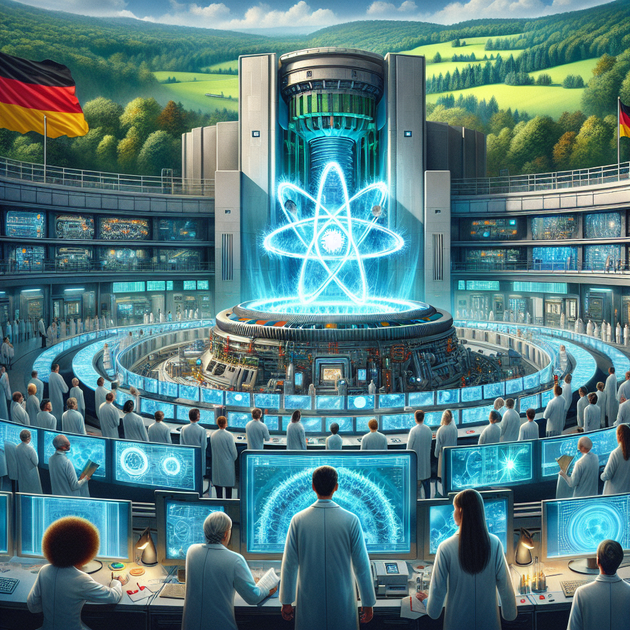Ever wondered what it would take to finally crack the code on unlimited clean energy? The German government has set its sights on something that could change everything—a plan to build the world’s first operational **fusion power plant** right in Germany. With over €2 billion earmarked for investment through 2029, this project isn’t just a leap for German science—it’s a bold move that could reshape how we think about powering our lives.
Why Fusion Power Plants Are Such a Big Deal
Fusion isn’t just another buzzword in the world of clean energy. While traditional nuclear plants split atoms apart (fission), a **fusion power plant** works by joining atoms together—the same process that powers our sun. The promise? Almost limitless electricity with hardly any greenhouse gas emissions and minimal radioactive waste.
But here’s the catch: making fusion work outside of stars has been one of science’s biggest challenges for decades. Temperatures need to hit over 100 million degrees Celsius just to get things going! Until now, no one has managed to build a fusion reactor that produces more power than it consumes.
That’s why Germany’s announcement stands out. The country is betting big on solving these challenges—and if they succeed, it won’t just be a win for them. It could mark the start of a new era for global energy.
The German Government’s Plan for Fusion Energy
The Federal Cabinet recently revealed its strategy to steer Germany toward building and operating a working **fusion power plant**. Here are some highlights from their plan:
- Investment: Over €2 billion will be poured into research and development through 2029.
- Timeline: Key milestones are set with hopes of operational capacity in the early 2030s.
- Collaboration: Major research institutions and private industry are teaming up across Germany.
- Focus: The goal isn’t just demonstration but creating blueprints for future commercial plants.
Germany already hosts facilities like Wendelstein 7-X in Greifswald—a leading experimental reactor—so there’s real momentum behind this new push.
What Makes Fusion Different From Other Clean Energy?
There are plenty of ways we’re generating electricity without fossil fuels these days—think solar panels or wind turbines—but **fusion energy** stands apart in several key ways:
- No greenhouse gas emissions during operation
- Tiny amounts of fuel produce huge amounts of power
- Virtually limitless resources (hydrogen isotopes from water)
- No long-lived radioactive waste compared to fission reactors
- No risk of meltdown or major accidents like Chernobyl or Fukushima
It almost sounds too good to be true—which is why so many scientists have dedicated their careers trying to make it work.
An Anecdote from Past Fusion Milestones
Back in the early 2010s, an international team at France’s ITER project celebrated when their test reactor managed its first plasma—a vital step on the road toward controlled fusion reactions. While it was just a glimpse of what might be possible someday, researchers described it as “lighting a match without yet building the fire.” One physicist even compared it to the Wright brothers’ first flight—not far enough to carry passengers yet, but proof that flight was possible.
Germany’s new plan feels like another “Wright brothers” moment—except this time, there are real resources behind it and clear targets ahead.
Could This Change How We Power Our World?
If Germany succeeds with its **fusion power plant**, other countries will likely follow suit—and fast. This kind of breakthrough would make big headlines and probably trigger new investments all over Europe and beyond.
Of course, there are still technical mountains to climb—not just getting reactors running but making them efficient and affordable enough for daily use. And while billions in funding help speed things up, there’s no guarantee every deadline will be met.
But if there’s one thing history shows about bold scientific bets—they often inspire even bigger ones elsewhere.
So what do you think? Is this ambitious plan enough to finally bring fusion out of science fiction and into our everyday lives?

Leave a Reply